We work with Listed Buildings
Walters Architects strongly believe it is important to get detailed feedback from clients and consultants in order to progress the practice and improve our services.
When we first receive an inquiry we’re quick to ask how the potential client found out about the practice and what it is they know about our services. This isn’t an ‘up sale’ technique but more about managing expectations, developing relationships, and understanding specific requirements. Generally, we find that an internet inquiry (Google search for Leicester Architects) may be less informed than those being recommended by an existing or previous client who may have told the new client about us and what we do.
During an initial consultation last week the prospective client explained that their intended building works were associated with a Grade II Listed property but they were not aware of our experience with such buildings. We find this really interesting because, seemingly, we are always shouting about our involvement with Listed Buildings and our Conservation works. The practice has lots of examples on the website and on our social media pages, particularly Instagram (our favourite). It is also interesting how many clients simply call architects following an internet search but don’t look at their websites or social media pages.
That said, such comments are good for us because it encourages us to reflect and assess how we are doing things. Do we really spell out our continued success within Conservation Areas, our involvement with Article 4 requirements and our works to Listed Building Works? Are we clear about what we do or have we lost touch with the language of clients and just plod along using ‘archispeak’?
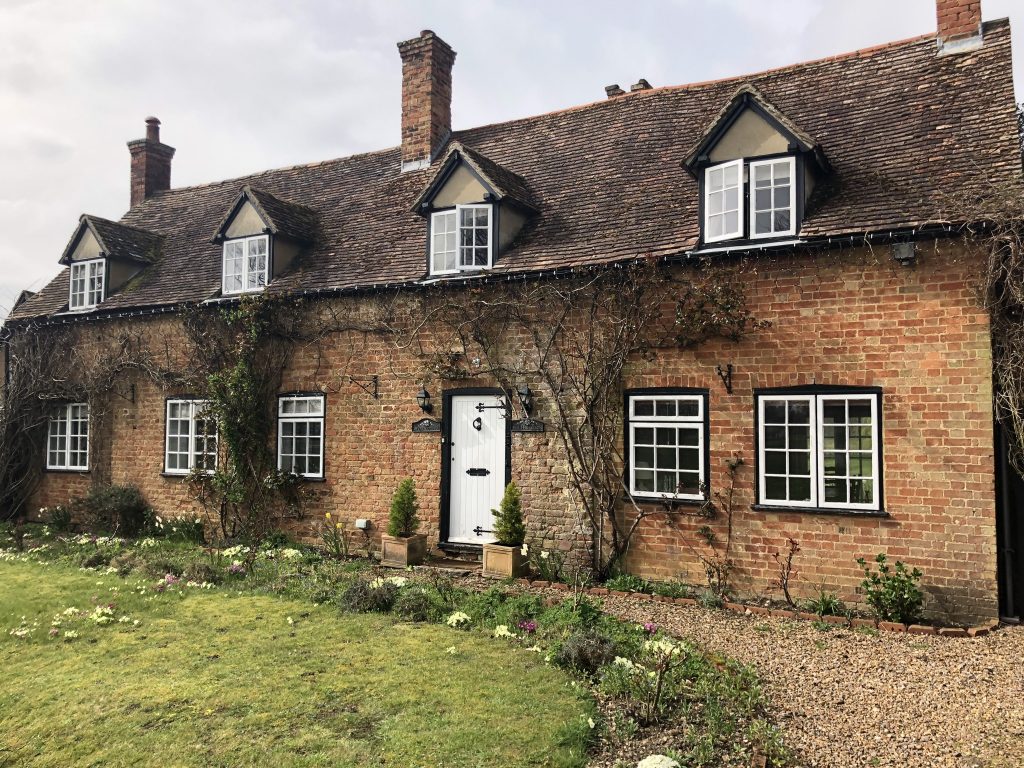
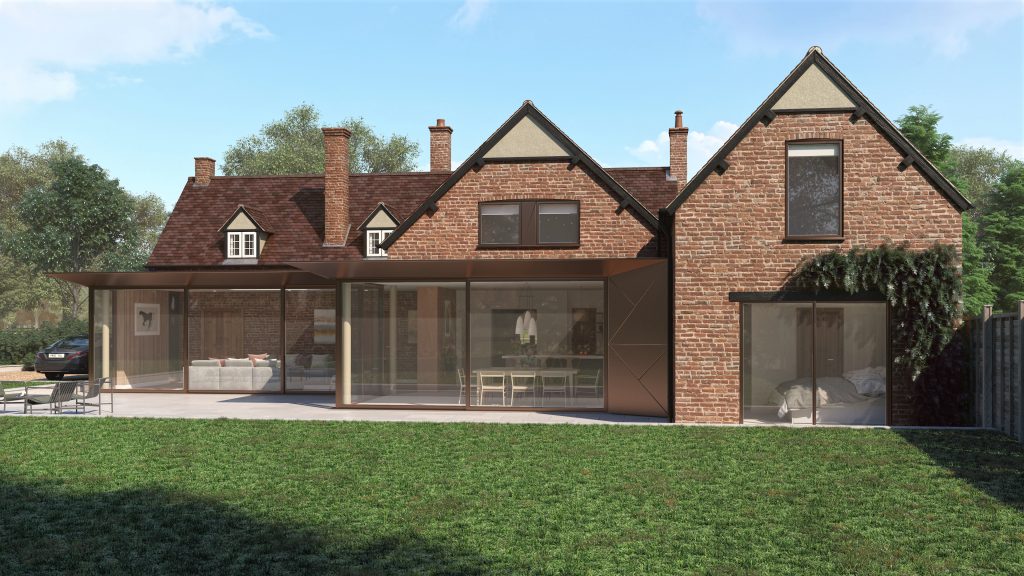
So, following this meeting we went back to our website (the main source of new work for us) to see if we are being clear about the type of work we undertake, have we communicated our services correctly or are we just obsessed with images over content? It appears we may have overlooked the obvious. Yes, there are lots of examples of Listed Buildings and Conservation works on our projects page but these are not immediately obvious unless you know what to look for.
Therefore, we have taken the decision to update our website and include a new category on the project page which will be called ‘Listed’. Talking it through in house, we feel the term ‘Conservation’ may be a little misleading to the layperson, and that’s who we want to inform. The updates to the site will take place in the next week or so.
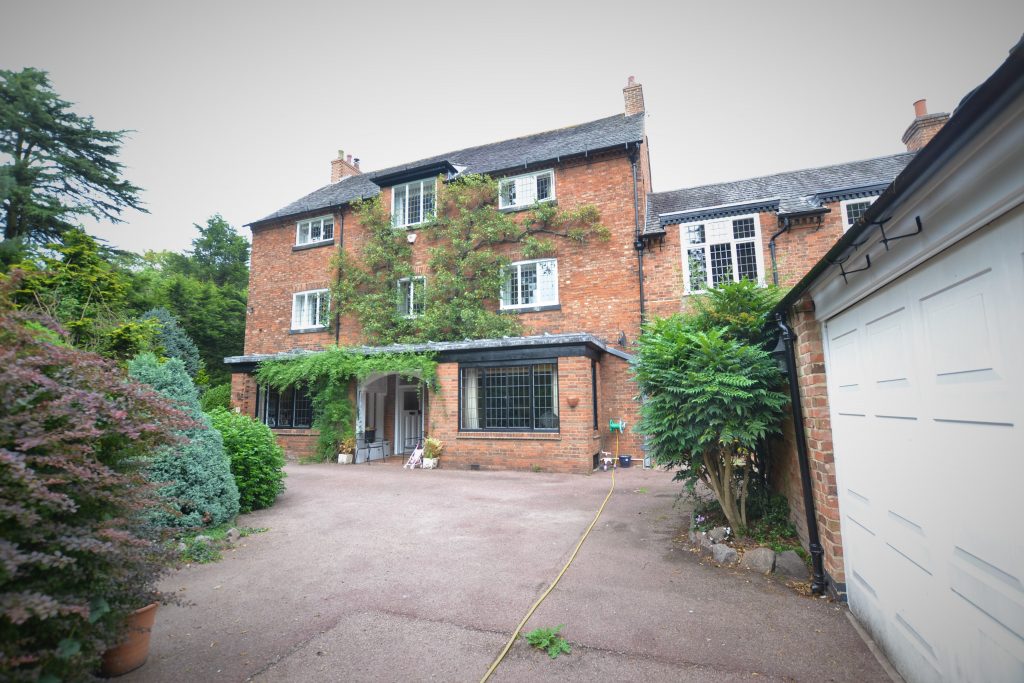
Essentially, the practice’s approach to Listed Buildings is to prepare a good, robust Planning Application that includes a Heritage Statement and/or a strong Design and Access Statement. This helps the process enormously as the Planners and Conservation teams at Local Authorities know that clients are taking the project seriously by appointing a RIBA Chartered Practice. The Local Authority see that the client is trying to achieve a design that is sympathetic and appropriate to the project. It also helps that we have previous experience in the approach towards Conservation so, in some cases, LAs are familiar with our work approach and methods.
Walters Architects have two fundamental approaches to working with Listed Buildings. We either repair and replace ‘like for like’ when upgrading and maintaining Listed properties or we look to contrast and compliment the buildings when extending them. The latter is seen as a clear addition to the building and doesn’t pretend to have been part of the original structure. It is clearly not ‘Pastiche’ and doesn’t detract from the original heritage asset. This is a very common approach to conservation and most local authorities encourage it.
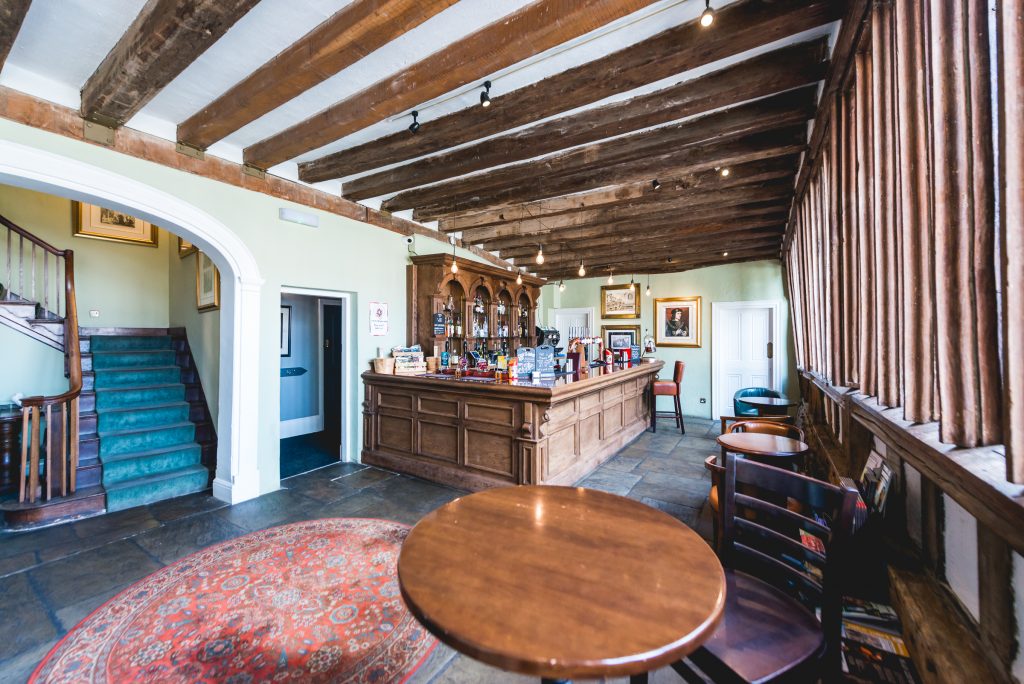
Obviously, all buildings are approached differently depending on the client’s requirements and the importance of the ‘Listing’. There are three grades of Listed Buildings (1, 2* & 2) and Conservation Areas are always defined in Local Authorities character appraisals, usually available on their websites. Article 4 directives deal with the character of specific areas and are not always as obvious to the owners of houses within these dedicated locations. because Article 4 directives are attached to non Listed Buildings which may not be within Conservation Areas. Again, they can be found on Local Authorities’ websites.
As a practice we rarely get involved with Grade I Listed buildings. It’s not that we wouldn’t but there are not so many wanting works to them and, due to their nature, they are usually a specialized subject. For example, there is only a handful (14) in Leicester, where we are based, and these include Castle gardens and the ruins at Abbey Park. Most of our local examples are historic ruins of significant churches. The newest Grade I building in Leicester is the Arch of Remembrance by Sir Edwin Lutyens on Victoria park which was built in 1923. Surprisingly, Leicesters Cathedral and home to King Richard III remains is only Grade II*.
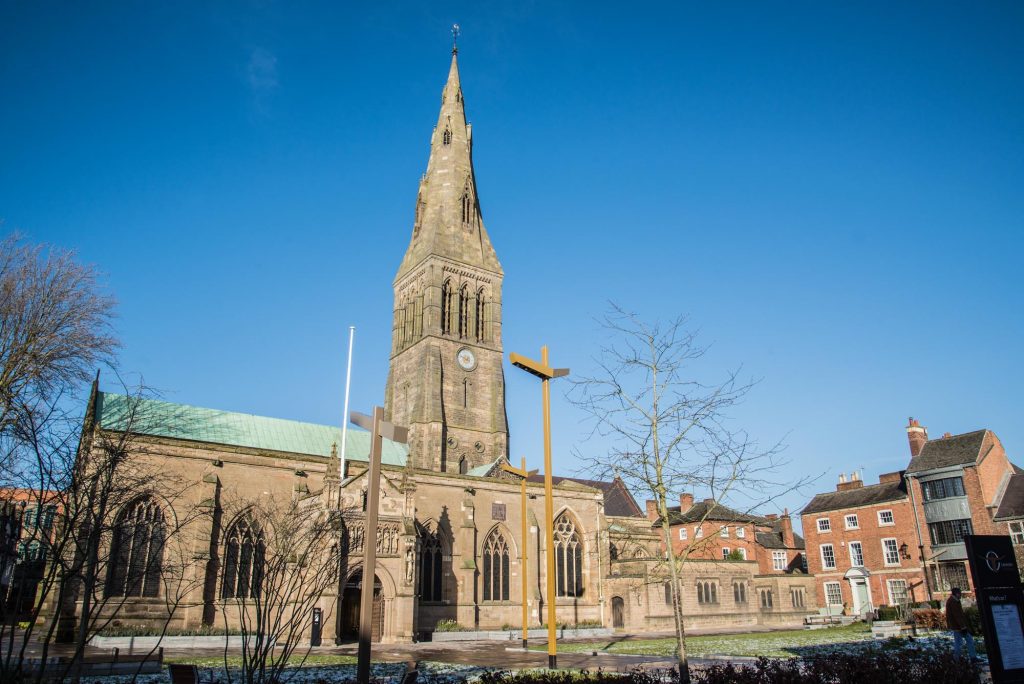
Listing Buildings is a way of preserving important buildings and controlling what works can take place without damaging or altering the building inappropriately. A building or structure is Listed if it is considered of Historical or Architectural significance. Grade I structures are usually deemed as the most important followed by the grade 2* and grade 2’s.
Most people are a little sceptical about owning or working on a Listed Building but really shouldn’t be. It is important to remember that Planners acknowledge the importance of the ‘upkeep’ of Listed Buildings and so encourage the repair and modification of such buildings. It is wrong to think Planners and Conservation Officers are obstacles in this process. They just want the correct work undertaken so as to preserve the building and/or character of a specific area. Walters Architects enjoy working with local Authorities Conservation teams as they are most knowledgeable and helpful. The process can be really rewarding if you have a passion for these types of structures.
It may not be currently appearing on our website but we do work on a lot of Listed Buildings and buildings within Conservation Areas so if you’d like any further information on these types of works please don’t hesitate to contact the office for a free initial consultation.

